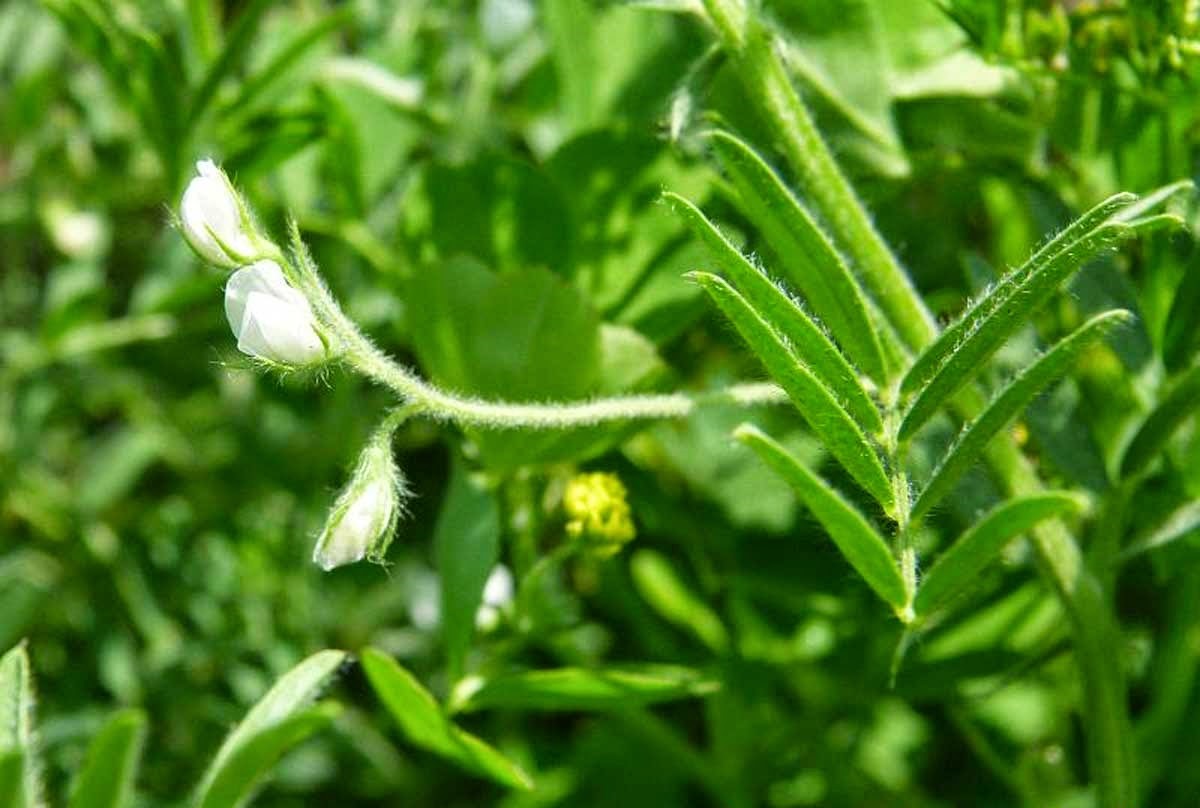Latin Names: Lens culinaris Medic., L. esculenta Moench, Ervum lens Linn.
Hindi Names: Masur, Masuri, Masser
Sanskrit Name: Masura
English Name: Lentil
Parts Used:
-
Seeds
Description:
Lentil is a small, erect, softly hairy (pubescent) herb. Its leaves consist of 4-6 pairs of sessile, lance-shaped leaflets ending in a small pointed tip (mucronate). The flowers grow in small clusters (racemes) of 2 to 4 and can be white, rose, red, or violet in color.
The plant produces smooth, compressed, oblong or rhomboid-shaped pods, each containing two flattened, lens-shaped seeds. These seeds come in a variety of colors ranging from pale pinkish buff to deep Prussian red. Across India, about 66 distinct pure types of lentils have been identified, displaying diversity in flower color, pod shape, seed color, and seed size.
Principal Constituents:
Lentils are highly valued for their rich protein content — about 30%, with globulin being the major protein component.
Pharmacology:
Lentils are both nourishing and tonic due to their protein content. Additionally, they possess astringent properties.
Medicinal Uses:
-
Skin Diseases: The seeds are traditionally used for treating various skin conditions.
-
Blood Enrichment: Lentils are considered tonic and help in improving blood quality.
-
Digestive Health: The seeds are mildly mucilaginous and laxative, making them useful for relieving constipation and treating other intestinal problems.
-
Wound Healing: When ground into a paste, lentil seeds serve as an effective cleansing agent for foul-smelling, chronic ulcers and indolent sores.
Speech Disorder
A speech disorder, also known as a speech impairment...
ADHD
Attention-deficit / hyperactivity disorder (ADHD) is a...
Cerebral Palsy(CP)
Cerebral palsy (CP) is a group of neurological disorders...
Cancer
Cancer is a broad term for diseases where cells...




